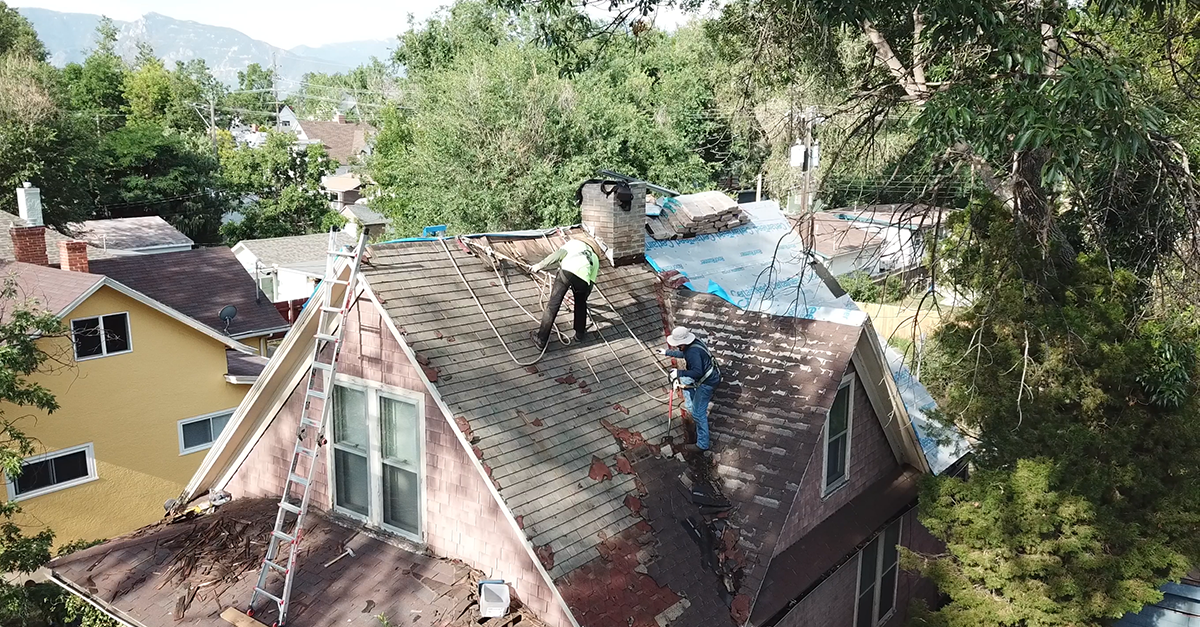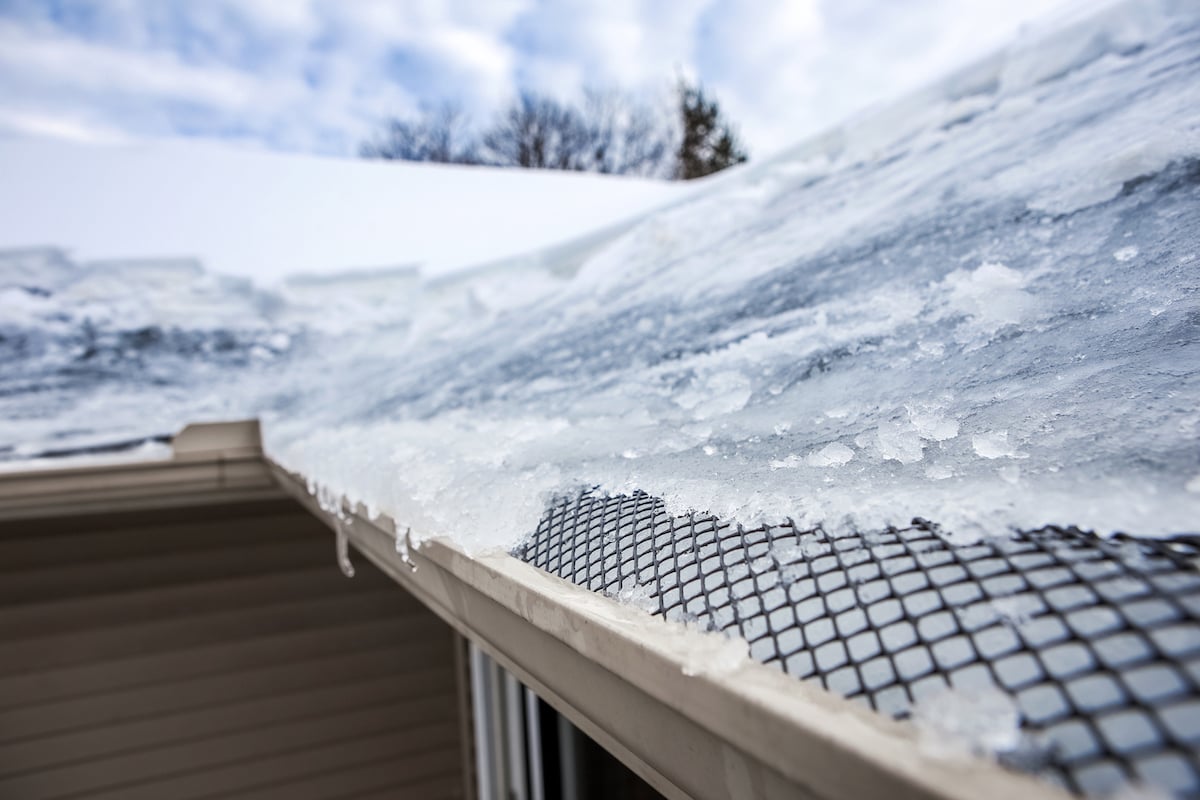If you're a roofer, or even if you're just someone who is interested in roofing, you've probably heard of metal roof valleys. You may have also heard that they are bad and that they can cause roof leaks.
So, what are metal roof valleys? They are mostly flat and are used in roofing to direct water off of the roof and help prevent leaks and rot. However, they are not very good at doing this because they tend to crease and break, which can cause leaks. Metal valleys are also able to withstand extreme weather conditions and last a long time, making them a good investment for your home.
Roof Valleys Common Problems
Roof valleys are the most vulnerable part of a roof system and can be damaged by wind, ice, improper installation, and even by nails. The main reason for this is that they don't have proper flashing to protect them from water damage. They also aren’t sealed properly so they can easily get damaged during installation or when you add new material to your home.
Disadvantages of Metal Valleys
Although metal roof valleys have some advantages, there are also several disadvantages that you should be aware of before you decide to use them on your roof. One of the biggest disadvantages is that they are not very good at directing water off of the roof. This is because they are mostly flat and when rolled to be used in a valley, they crease and break. This can cause leaks and allow water to enter your home, which can lead to damage. Another disadvantage of metal roof valleys is that they are not very aesthetically pleasing. They can be seen from the ground and can make your roof look less attractive.
Finally, metal roof valleys are more expensive than other types of roof valleys, such as w-valley metal roof valleys. Another disadvantage of metal valleys is, considering asphalt shingles roofs, that they are not compatible and might require extra work to be installed. Laminated shingles or normal roof shingles can be installed over the metal roof valleys.
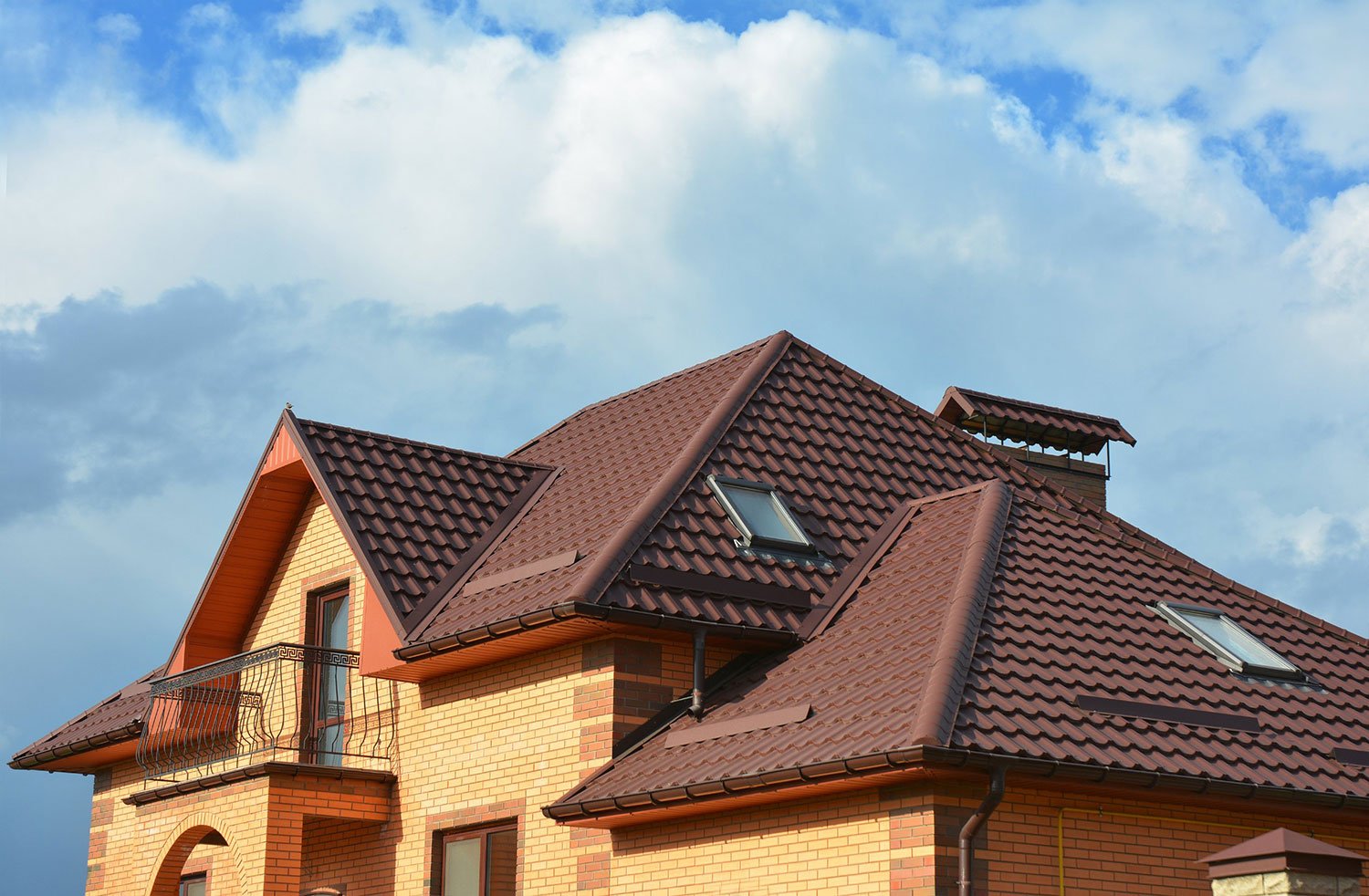
W-Valley Metal Roof Valleys
W-valley metal roof valleys are a better option than metal roof valleys because they are not flat, so they don't crease and break as easily. They are also less visible from the ground and can be more aesthetically pleasing. In addition, they are less expensive than metal roof valleys.
Icing Water-Shield Barrier Underneath
If you are going to use metal roof valleys, it is important to have an icing water-shield barrier underneath them to help prevent leaks. This barrier will keep water from seeping into the cracks and crevices of the metal roof valley and causing damage.
Different Types of Roof Valleys
There are two different types of roof valleys: open and closed. Open roof valleys have a gap between the two sides of the roof valley that allows water to pass through. Closed roof valleys do not have this gap and help to prevent water from passing through.
- Open valley. This is the most common and least expensive type of installation. It’s made with shingles or tiles, but not a metal sheet.
- Closed cut valley with shingles or tiles on top of the metal sheet. This is similar to an open-cut valley, but the open ends are covered by two layers of drywall so that they don’t show through your finish materials like stucco or brick veneer.
- Closed valleys with metal sheets at both ends are covered by drywall when finished; this is also called an “open-faced” installation because there will be no exposed edges on either side of your home exterior walls (even if you have brick veneer).
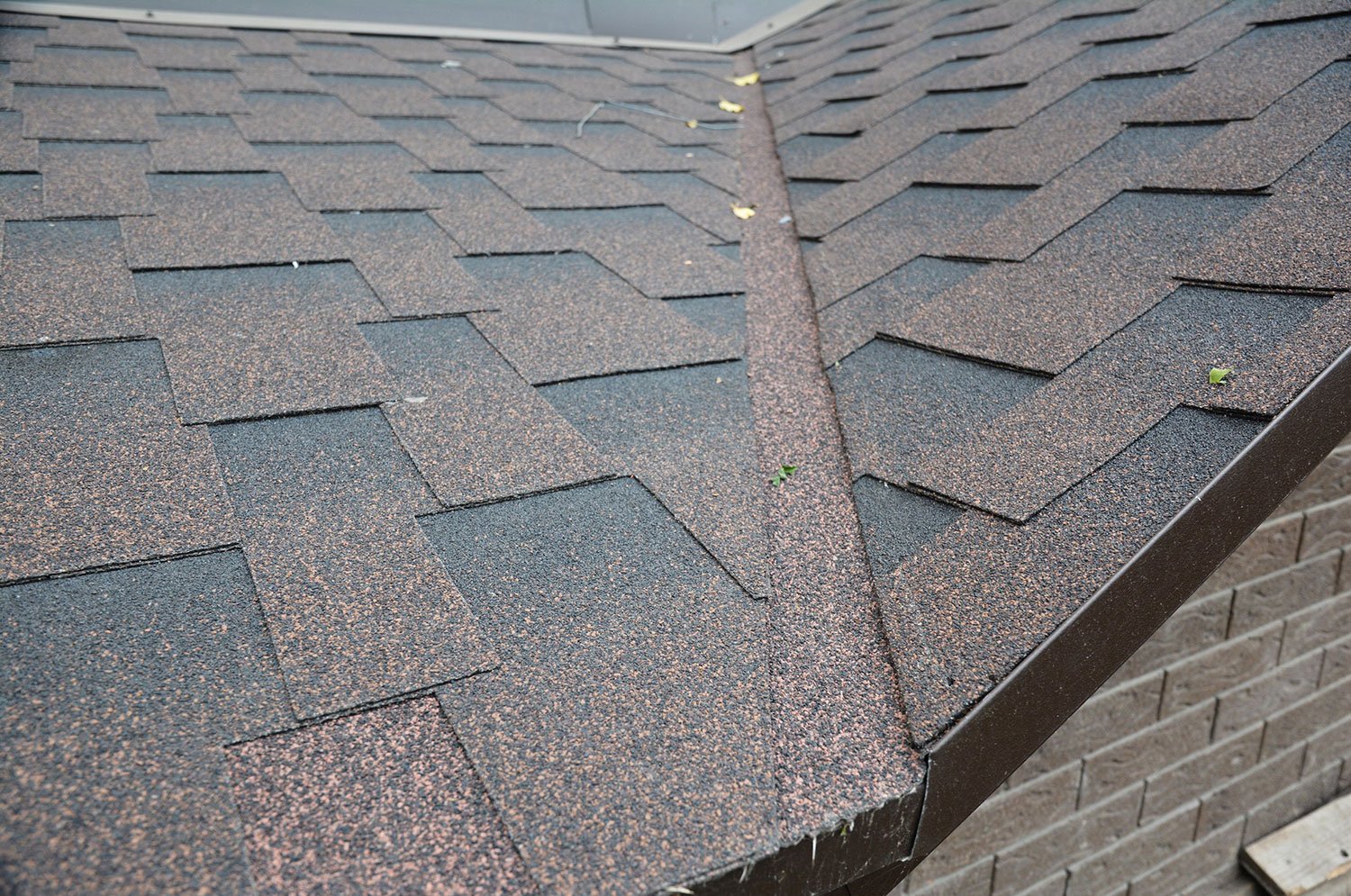
Open Valley
An open roof valley is an excellent option for many roofs, but they do have some drawbacks. Open valleys are only intended for use with a single-ply membrane system that does not require the additional strength of shingles to hold it in place. Open valley systems also tend to be easier to install because you don’t need as many tools or special equipment as you would with other valley types. This can make them the best choice for contractors who don’t have specialized knowledge or training when it comes to installing metal valleys.
Closed Roof Valley
Closed cut valleys are a great option for roofs that have shingles or tiles. This type of valley is made by covering the metal sheet with shingles or tiles before installing it. This helps to give the roof added strength and durability, as well as prevent leaks. It’s important to note that closed-cut valleys should only be installed by roofing professionals who have the knowledge and experience to do so correctly.
Which Metal Valley Should I Use?
The best type of metal valley for your roof will depend on the roofing system you have, as well as the climate in your area. If you live in an area with a lot of snow or ice, you’ll want to choose a valley that can withstand those conditions. You should also consider the type of roof you have and whether or not you want to install it yourself.
Closed valley with shingles
To complete the installation, you'll need to cut out the valleys and nail shingles to the roof. The valley is filled with foam, which can cause leaks if not installed correctly. Metal valleys are a better option for this type of installation because they do not require any cutting or filling with foam.
Closed cut valley with metal
The most common type of metal valley installation is known as an open-cut valley. This style of valley normally uses a metal strip to connect or overlap with the flanges on either side of the opening. This is where issues can arise; if not done properly, they will leak at some point in their life cycle. Better still, a W-valley metal can be used as a valley lining. This will help to prevent leaks by keeping water from seeping into the cracks and crevices of the metal roof valley.
Faux slate or shake valleys
Faux slate or shake valleys are the most popular type of valley for a number of reasons. They’re easy to install, look great, and have a long life span. The disadvantage is that they are more expensive than metal valleys, last longer, and are more difficult to repair. If you want to use faux slate or shake valleys with your metal roof then you must use an underlay beneath the valley so that it doesn’t create any problems later on when leaks occur.
The other options include concrete tiles which as seen above can be used with guttering but when used in conjunction with shingles there will be gaps between each row of tiles which may cause problems if not properly sealed off from moisture ingress into the roof cavity above them.
Benefits of Using Roof Valleys
- There are several benefits to using roof valleys, such as:
- They help to prevent leaks by directing water off of the roof.
- They are durable and can withstand extreme weather conditions.
- They are less expensive than metal roof valleys.
Metal valleys are great but the new W Style metal is even better.
Metal valleys are great but the new W Style metal is even better. Metal valleys were never known for their ease of installation. They were difficult to put in, and leaking was common. However, W-valley metal has been redesigned and is now easier to install than ever before! The improved design means that you can install this product with no leaks in just one day! In addition, you can expect a longer lifespan from your W Style metal than from any other type of valley on the market today - making it an investment worthy of your time and money.
Metal flashing
When it comes to roof valleys, metal valley flashing is a must. Metal flashing helps to keep water from seeping under the shingles and causing leaks. It’s important to choose a metal flashing that’s compatible with the roofing system you have. You should also make sure that the metal flashing is properly installed by a roofing professional.
Roof Valley Flashing
One of the most important aspects of roof valley installation is the flashing. Valley flashing is used to seal off the area where two roof slopes meet, and it helps to prevent water from leaking into the home. There are a few different types of valley flashing that can be used, but the most common is known as step flashing.
Step flashing metal is installed in a series of overlapping pieces that are "stepped" up the roof valley. This type of flashing is very effective at keeping water out, but it can be difficult to install properly. If you are not experienced in roofing, it is best to hire a professional for proper valley installation.
Woven roof valley
A woven roof valley is one of the best roofing materials for roof valleys. It is a type of roof valley made from interwoven metal strips. This type of roof valley is very strong and durable, and it is less likely to leak than other types of roof valleys. A woven roof valley is also very easy to install, and it can be done by a roofing professional in just a few hours.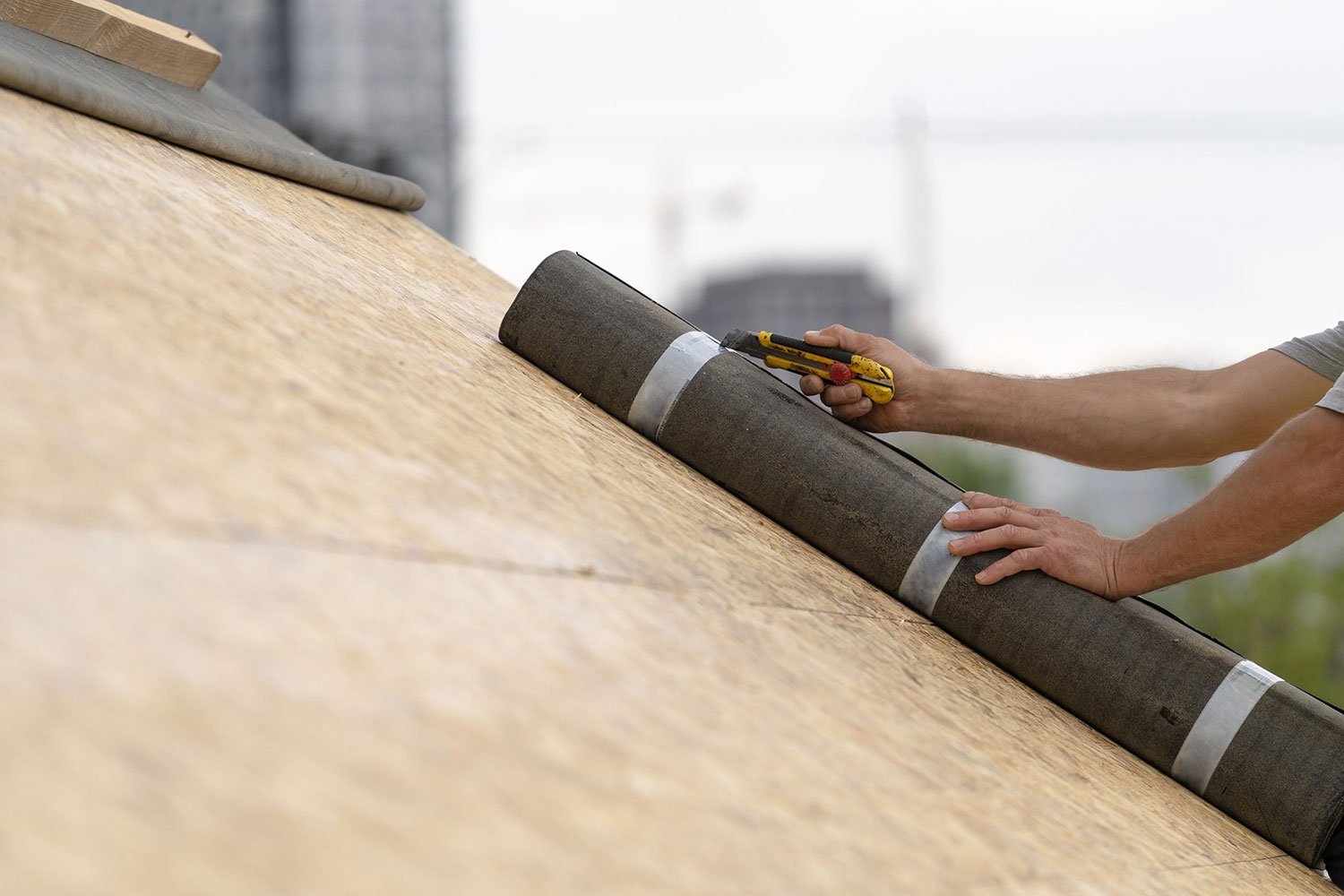
Using Ice and Water Shield if Using Metal Roof Valleys
If you are using metal roof valleys, it is important to use an ice and water shield beneath the valley. This will help to prevent leaks by keeping water from seeping into the cracks and crevices of the metal roof valley.
The best way to prevent leaks in roof valleys is to use a combination of products. For example, you can use metal roof valleys with an ice and water shield beneath them. You can also use a woven roof valley with an ice and water shield beneath it.
Metal-lined Open Valley
One of the most popular roofing materials for roof valleys is a metal-lined open valley. This type of open metal valley is made from a strip of metal that is placed over the top of the roof valley. The metal strip helps to prevent leaks by keeping water from seeping into the cracks and crevices of the roof valley.
Woven Valley and Ice Dams
If you live in an area where there is a lot of snow and ice, it is important to use a woven roof valley with an ice and water shield beneath it. This will help to prevent leaks by keeping water from seeping into the cracks and crevices of the metal roof valley.
It is also important to use an ice and water shield beneath the woven roof valley. This will help to prevent leaks by keeping water from seeping into the cracks and crevices of the roof valley.
Metal valleys are great but the new W Style metal is even better. Metal valleys were never known for their ease of installation. They were difficult to put in, and leaking was common. A waterproof material such as an ice and water shield was always recommended to go beneath the metal valley, but this was not always possible or practical. The new W Style metal roof valleys are different. They are designed for easy installation and come with a built-in waterproofing material that makes leaks a thing of the past. Valleys lined with W Style metal are also less likely to crease and break, making them even more durable.
Three Lab Shingles and w-valley metal roof valleys
If you are looking for the best roofing system available, you should consider using three-tab shingles with w-valley metal roof valleys. This type of roofing system is very strong and durable, and it can withstand a lot of wear and tear. Installing shingles with w-valley metal roof valleys is also very easy, and it can be done by a roofing professional in just a few hours. The metal surface of the roof valley helps to prevent leaks by keeping water from seeping into the cracks and crevices of the roof.
Dead Valley Open
A dead valley open is a roofing material that is placed over the top of the roof valley. The material helps to prevent leaks by keeping water from seeping into the cracks and crevices of the roof valley. Dead valleys are typically made from a strip of metal or asphalt.
Roll Roofing
If this is used and improperly installed, roofing nails penetrate the roofing paper causing leaks. If done well, it will provide adequate protection and last a long time. Should not be used in roof valleys because it is difficult to install and can cause leaks.
Roof Slope
The roof slope is the angle at which the roof slopes. The roof slope is significant because it affects the way water flows off of the roof. If the roof slope is too steep, water will run off of the roof too quickly and can cause leaks. If the roof slope is too shallow, water will not run off of the roof quickly enough and can cause leaks. The roof slope should be between 3:12 and 4:12.
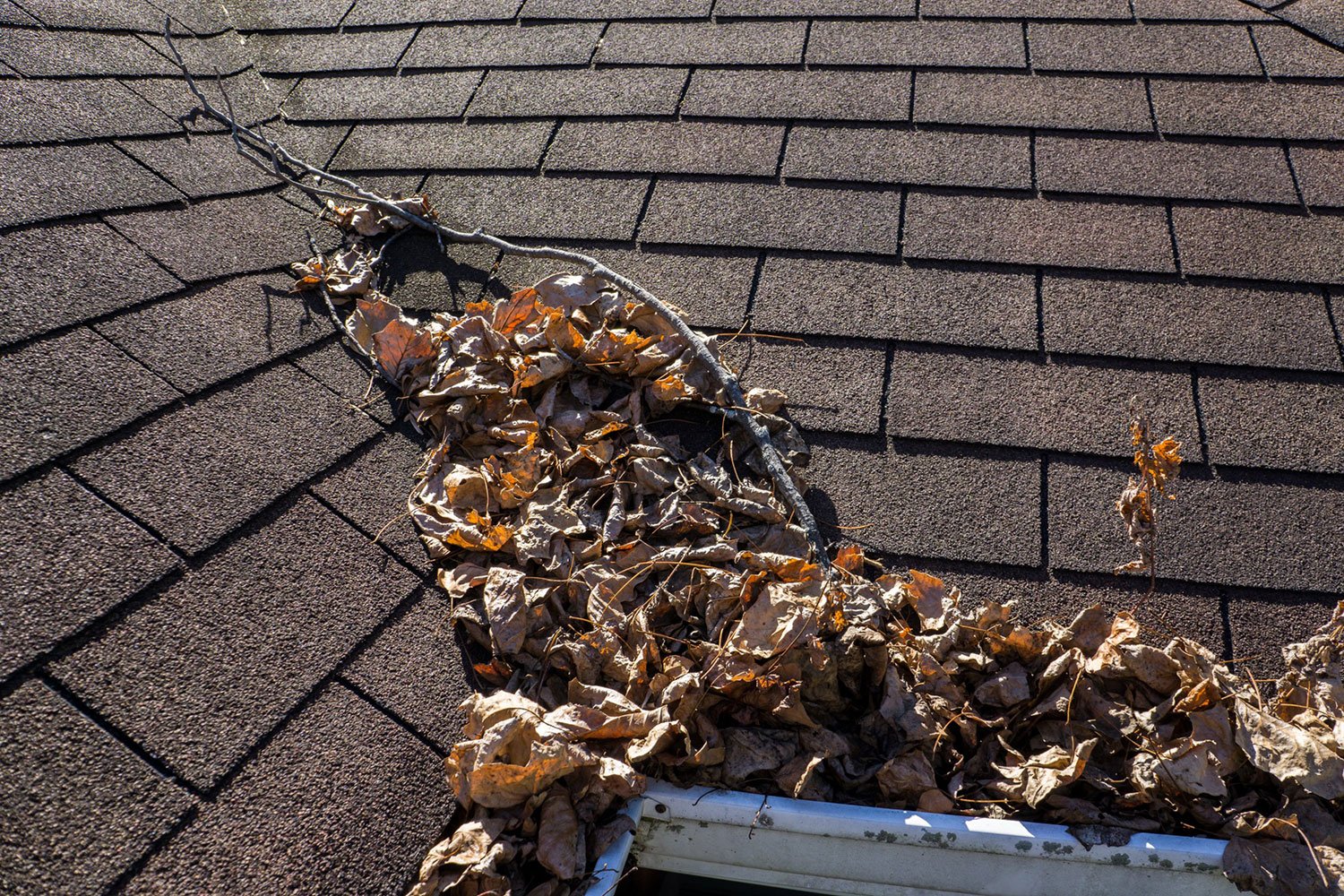
Valleys, What are they good for?
Valley roofing is a great way to prevent leaks in your roof. Valley Roofing is when you use a material such as metal or asphalt to cover the top of the roof valley. This helps to keep water from seeping into the cracks and crevices of the roof valley. Valley roofing is a great way to prevent leaks in your roof, and it is also a great way to add strength and durability to your roof.
So why do we recommend W-Valley metals?
W-valley metal roof valleys are the best way to prevent leaks in your roof. They are easy to install, and they come with a built-in waterproofing material that makes leaks a thing of the past. W-valley metal roof valleys are also less likely to crease and break, making them even more durable.
Conclusion
When it comes to roof valleys, there are a few different options available. You can use metal roof valleys, asphalt roof valleys, or you can use a dead valley open. Each option has its own benefits and drawbacks. Metal roof valleys are great but the new W Style metal is even better. Asphalt roof valleys are easy to install but can be difficult to repair if they leak. Dead valley roofing is a great way to prevent leaks but can be difficult to install. When it comes to roof valleys, the best option is W-valley metal roof valleys. They are easy to install, come with a built-in waterproofing material, and are less likely to crease and break. If you are unsure what valleys you have on your roof please contact us today and get an inspection on your roof before you find out the hard way!



